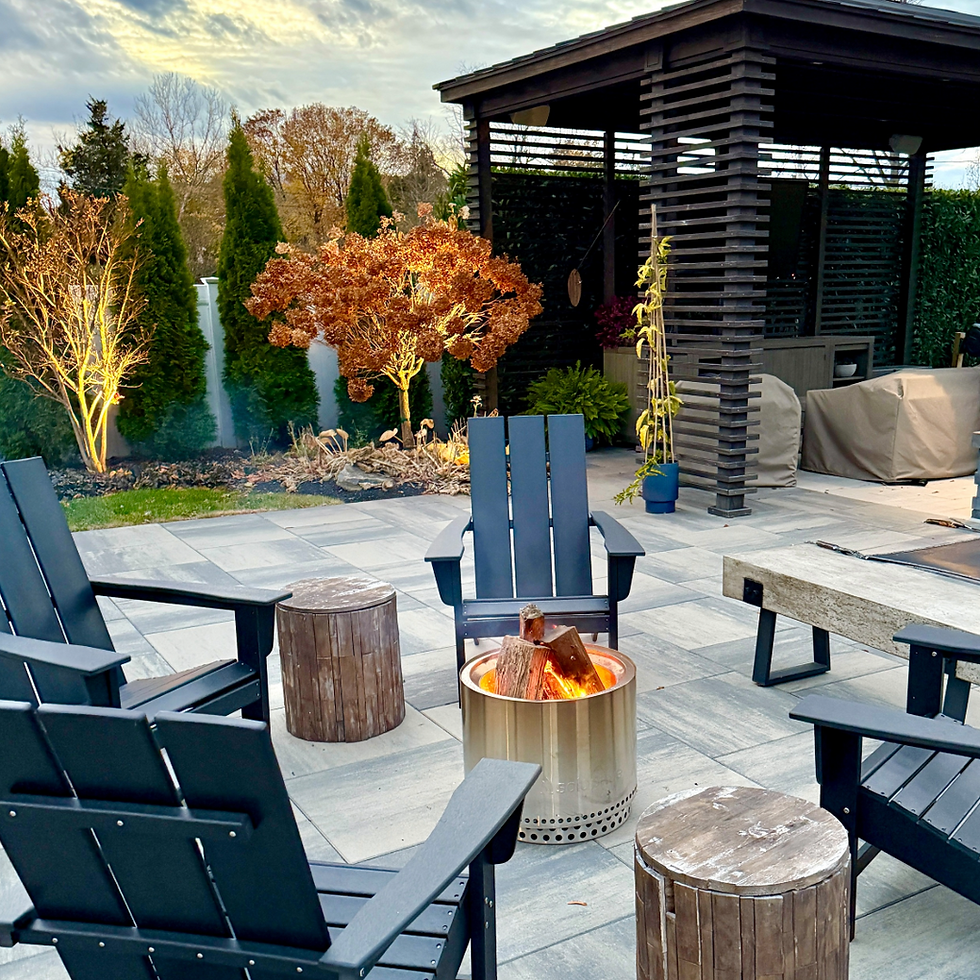Help Protect Pollinators with These Tips
- Rebekah
- May 1, 2022
- 3 min read
Sadly, many pollinator populations are on the decline. Pollinators include bees and butterflies, hummingbirds, bats, moths, and even beetles!
How does pollination work? These animals visit flowers in their search for nectar and pollen (their food!). During their "flower visit", a pollinator may brush against the flower and leave pollen from another flower on that flower. Then it moves to another and another and so on. The plant then uses the pollen to produce a fruit or seed. Many plants cannot reproduce without pollen carried to them by foraging pollinators- it is so important!
You do not need a large garden space to help pollinators! If you're in an apartment or have a small outdoor space, planters filled with pollinator-friendly plants help protect them & give them a wonderful environment to thrive in! Pollination is vital to many foods we eat, including fruits, veggies, chocolate, coffee, vanilla, almonds, & more. Let's help support pollinators & their important work!

You do not need a large garden space to help pollinators! If you're in an apartment or have a small outdoor space, planters filled with pollinator-friendly plants help protect them & give them a wonderful environment to thrive in!
1. Limit using pesticides. Dawn dish soap mixed with water is a great alternative to spray on your roses to rid them of Japanese beetles, for example. Neem oil & diatomaceous earth are other alternatives to use. We always try to keep things as natural as possible here at the nursery. We also never use anything containing neonicotinoids.
2. Plant pollinator-friendly plants. Bees need a "landing pad" on a flower (think single blooms such as the coneflower above), while hummingbirds & butterflies prefer tubular shaped flowers. Pollinators love lots of nectar sources that bloom over time in a sunny location. Native plants are ideal as pollinators are accustomed to those plants. Native plants that pollinators include (but are not limited to):
Eastern Redbud tree
Native Oaks (TN Black Oak, White Oak, Pin Oak)
Southern Magnolia
Black Gum tree
Tulip Poplar tree
Common Chokecherry
Serviceberry
Rabbiteye Blueberries
Coneflower
Milkweed
Black Eyed Susan
Blanket Flower
Honeysuckle
Yarrow
Bee Balm
Avoid modern hybrids, such as Coneflowers that have double blooms ( in this example, choose Coneflowers with single blooms). In the case of double blooms, it can be difficult for pollinators to get into the bloom to retrieve nectar or there may not be a plentiful amount of nectar available in the modern hybrid. A good rule of thumb when planting pollinator plants is to look for plants that are simple varieties (such as a single bloom pink Coneflower), like you'd imagine would have been available in your grandparents' era.
3. They need a water source. Rocks are perfect for this; they can drink water from the small crevices where it puddles after a rain. Bird baths can at times be too much water for the smallest of pollinators.

4. Pollinators need shelter. They need places they can go to feel safe from birds & other animals that will eat them. Add evergreens, conifers, & shrubs to your landscape for them. Their leaves that fall in autumn will also serve as shelter during cold months.
5. Butterflies do best when they have host plants as well as nectar plants. Host plants are where a butterfly lays its eggs. Then the babies eat off that plant. These plants include milkweed, fennel, & parsley. Butterflies only live a few weeks once they've metamorphosed, so having host plants in your garden will also benefit you as they live their entire life in your garden. 🦋
We could go on and on, but here are our top 5 tips to creating a habitat suitable for pollinators & therefore protect them. Ask us any questions or share your tips on social media & we look forward to seeing you soon!



